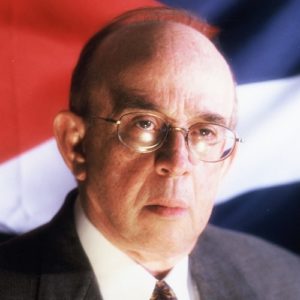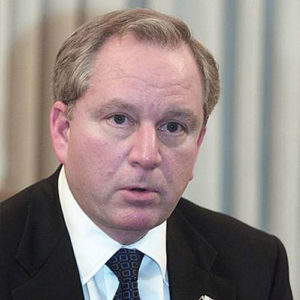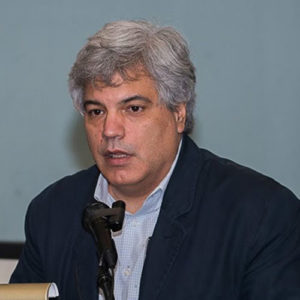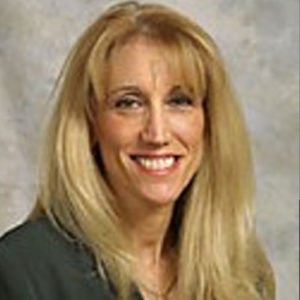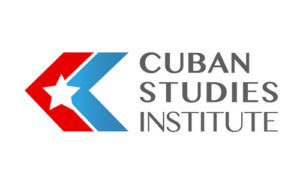Following Cuban confiscation of American petroleum refineries for refusing to process Soviet crude, the United Sates forbade all exports to Cuba with a temporary exception of certain foods and medicine on June 29, 1960. Restrictions on travel to Cuba by U.S. citizens and residents followed on January 16, 1961, and the abolition of the Cuban sugar quota on Mach 31. Congress authorized a total trade embargo on September 4. There followed pressure on other countries to suspend trade and air traffic with Cuba. When President Ford began moves to improve relations in 1974, Cuban Foreign Minister Raúl Roa García declared at the United Nations that normalization would require a total lifting of the economic blockade. The following year the U.S. eased restrictions on exports to Cuba by foreign subsidiaries of American companies but direct trade remained embargoed. In March 1977 the restrictions on travel to Cuba were suspended and Cuban-Americans were allowed to send money to their families. For a few months in 1981-1982, however, the embargo was extended to the import of Cuban magazines and journals. Restrictions on importing and exporting books, films, phonograph records, and other informational material to and from Cuba were not lifted until 1988. Meanwhile the ban on tourist and business travel had been reimposed on May 15, 1982, and visas were restricted to academic purposes and visits to relatives (the legality of the ban was challenged but upheld by the U.S. Supreme Court in 1984).
The 1989 Mack amendment to reimpose the application of the embargo on foreign subsidiaries of U.S. firms was vetoed by President Bush but in 1996 President Clinton signed the more extensive Helms-Burton Act. A 1995 executive order by President Clinton temporarily eased restrictions on travel to Cuba by Cuban-Americans, academics, artists, and clergy, but they were reimposed after the downing of two Hermanos al Rescate aircraft the following February. In January 1998, Pope John Paul II called for an easing of restrictions and in July the United States allowed direct Miami-Havana flights to resume. Under the Obama administration travel to Cuba was liberalized and various U.S. carries began flying and visiting the island.
Jaime Suchlicki is Director of the Cuban Studies Institute, CSI, a non-profit research group in Coral Gables, FL. He is the author of Cuba: From Columbus to Castro & Beyond, now in its 5th edition; Mexico: From Montezuma to the Rise of the PAN, 2nd edition, and of the recently published Breve Historia de Cuba.

